Emily Damment attends the Wiltshire College Game and Wildlife Management students’ Beaters’ Day and comes away impressed with these budding young gamekeepers
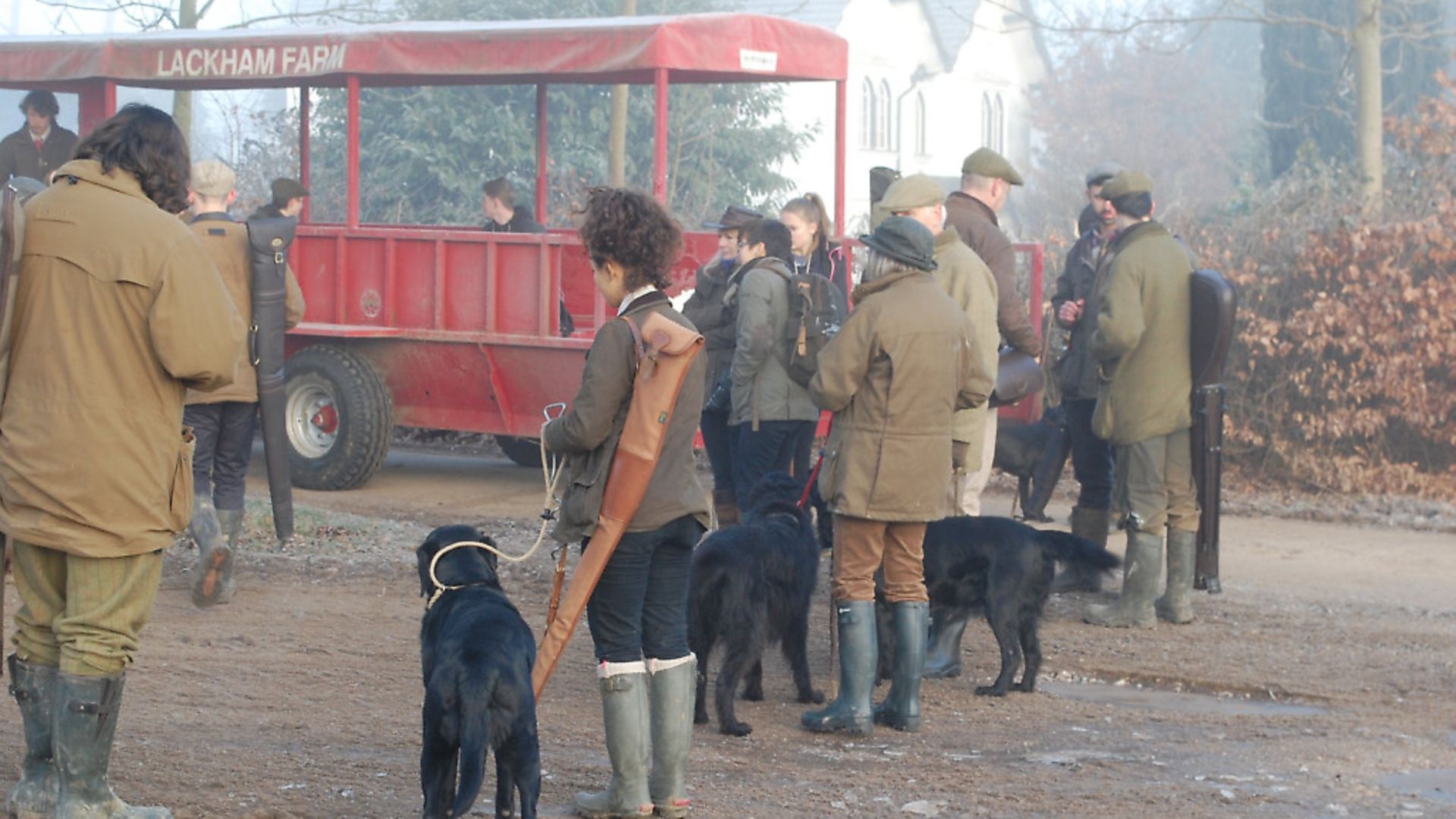 credit: Archant
credit: Archant
t’s fair to say that excitement levels run high on Beaters’ Days. In fact, the transformation from regimental precision during the season to utter chaos on the last day can leave many keepers pulling their hair out! But what happens when you apply this rationale to a group of teenagers, let ‘loose’ as Guns on a shoot they have been running all year? I went along to Wiltshire College Game and Wildlife Management students’ Beaters’ Day to see these budding young gamekeepers (a mixture of Level 2 and Level 3 students) in action and to find out more about their course.
I arrive at Wiltshire College’s Lackham campus in the early hours of a misty Saturday morning, and am greeted by the cheery course leader, Neil Bianchi, who escorts me into his classroom and hands me a much-needed coffee. Two beaters’ wagons are parked up in the forecourt, ready to transport us around the stunning 1,700-acre estate. It is below freezing and still not quite light, yet already the students are hovering around with guns in slips, clearly buzzing at the thought of going shooting. There are dogs everywhere, including ‘the horse’ – an enormous black Labrador belonging to a Level 2 student called Rena – and the air is filled with excited chatter. These young people have toiled all year to host shoots for the public; today is their day, and they’re raring to go.
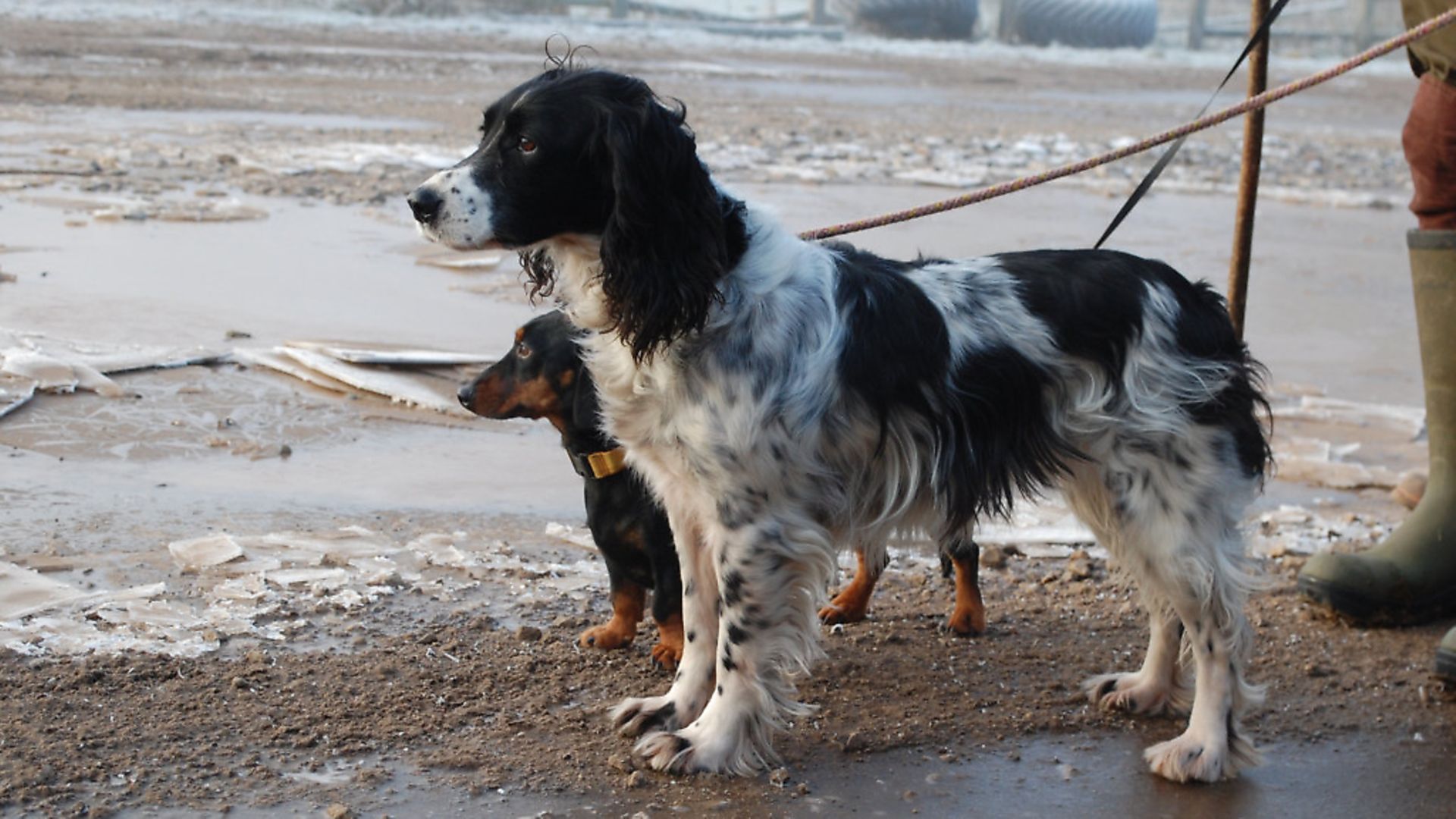 credit: Archant
credit: Archant
Several of the students’ parents are in attendance, along with some regular beaters and pickers-up who attend the shoots throughout the year. Once it seems that everyone is present we all gather in the classroom, where Neil proceeds to sort the students into two teams in preparation for the ‘walk one, stand one’ format the day will follow. He gives them a pep talk to remind them of ‘The Rules’, including gun safety and shootable quarry, and instantly I am struck by the easy relationship he seems to share with his students, and them with one another. The banter is non-stop and several times I overhear older, more experienced students reassuring the youngsters and reminding them to ‘stay calm and give it some lead’. For some, this will be their first time shooting live game, and nerves are beginning to surface. We leave the classroom in a state of organised chaos, pile into the beaters’ wagons and head off to the first drive – the duck pond.
As per Neil’s gloomy predictions, it is a bit of a slow start. The pond is still frozen and the air is absolutely still. The ducks simply waddle into the centre of the ice, raise two feathers and refuse to budge. A few are coaxed into stretching their wings and I hear some shots from the other side of the pond, but we move on reasonably swiftly. “We come back to this one last thing anyway,” I am told by one of the older students. “It’ll be better later when the ice has thawed a bit.”
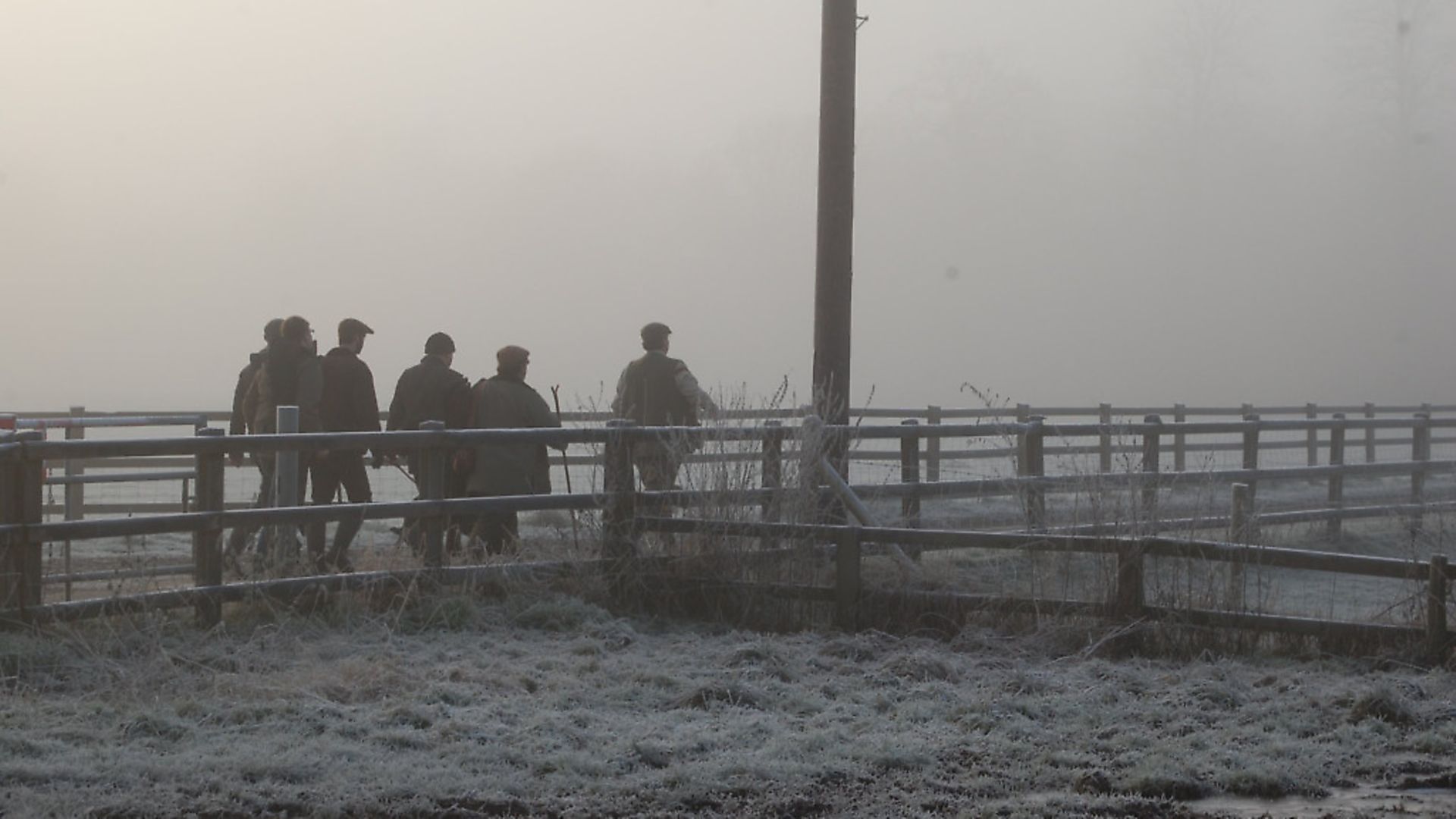 credit: Archant
credit: Archant
We move on to the next drive, with the beaters moving in a coordinated effort to flush the pheasants through a neighbouring field and over a hedge, resulting in several high and healthy-looking birds presenting shots for the Guns. I am stationed with Toby, a second-year Level 3 student who is twitching with anticipation, eyes fixed firmly on the hedge line. A skein of geese appears in the distance, honking like mad, and he begins quietly praying that they will loop around and pass over us; they don’t, but I’ve heard plenty of shots and see several of the dogs returning with pheasants. Neil seems to manage to be everywhere at once, simultaneously directing the beaters, establishing who’s had a shot and who needs a little help, and bellowing good-naturedly at any students who have slowed their pace; there are 10 drives to complete on this short winter’s day and Neil is keen to keep things moving.
Three second-year Level 3 students are taking a more organisational role, directing the beating line and rounding up the Guns at the end of each drive. Their communication skills and demeanours are commendable, especially when you consider that the youngsters they are organising are their peers – there is not a hint of righteousness and they seem to possess a strong sense of responsibility for their less-experienced classmates. The picture appearing before me is that of a fiercely supportive family. Perhaps it is a result of the essential teamwork these youngsters must demonstrate on a daily basis, in order to keep this working estate going, or maybe their maturity can be credited to the trust Neil has invested in them.
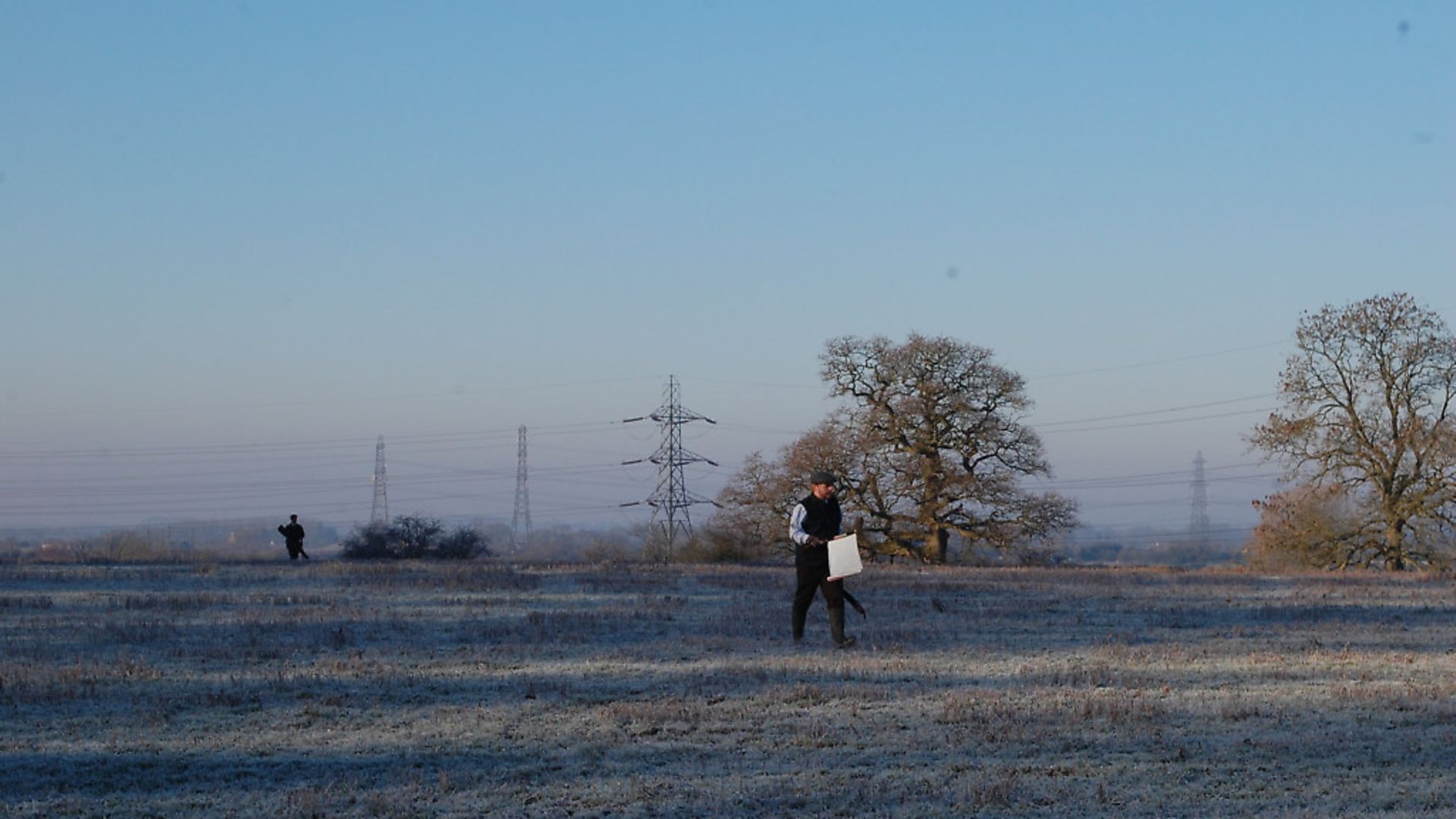 credit: Archant
credit: Archant
Ian Revill, assistant principal at Wiltshire College, Lackham explains their approach: “There aren’t many gangs of teenagers that you can stick a 12-bore in their hands and be confident that they’ll be safe. I think the way the shoot is run brings out that responsibility and maturity in them. Because they’re treated in a very challenging way, they’ll always rise to those challenges. If you start saying ‘you can’t do this, you’re not to be trusted with that’ then they just behave like untrustworthy teenagers. The more responsibility you give them, the more they step up and appreciate it.”
Neil wholeheartedly agrees, praising the students’ maturity and telling me: “It’s definitely their shoot. They have really taken that responsibility on. I’m proud of them.”
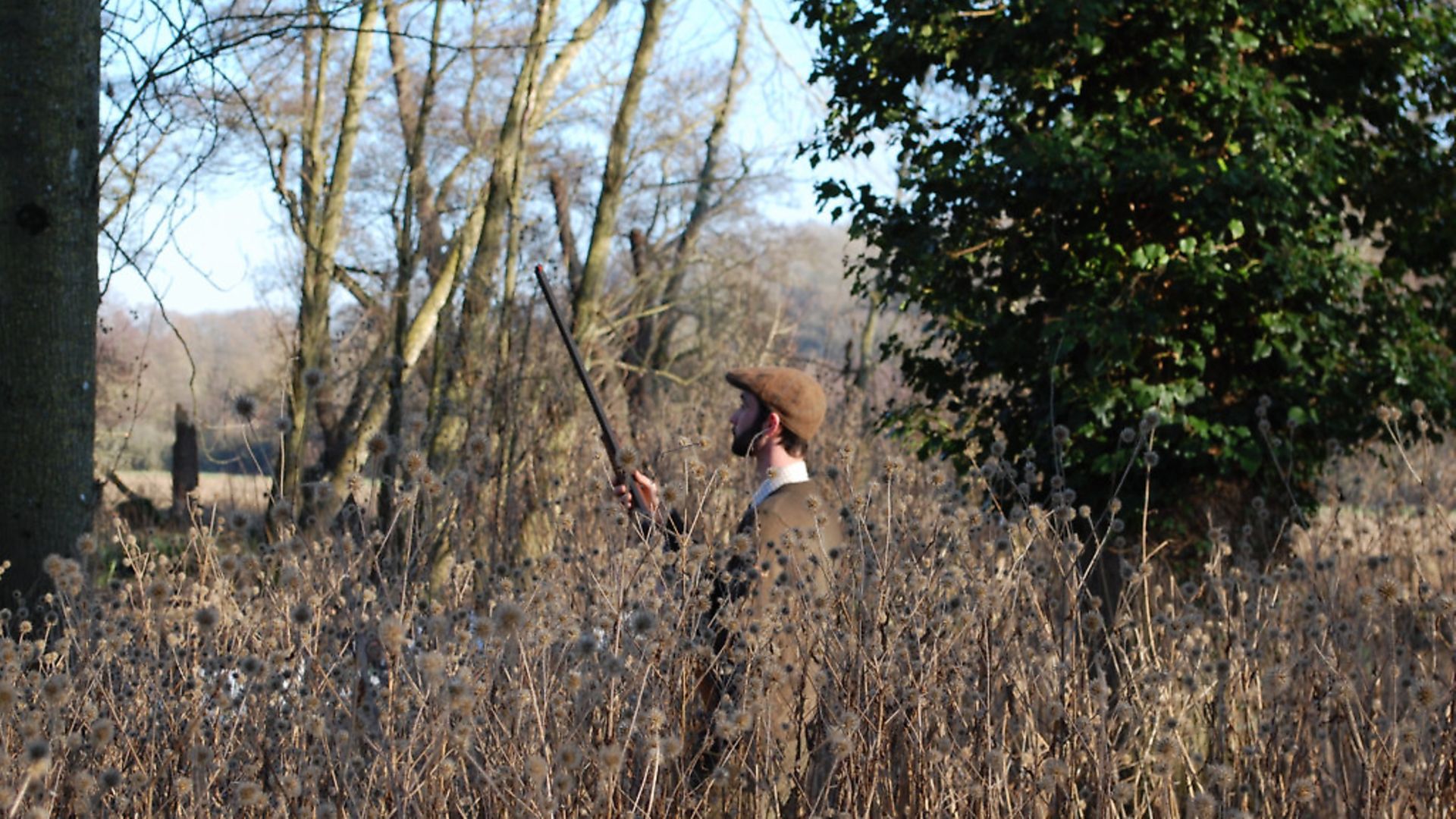 credit: Archant
credit: Archant
And so he should be. As we work our way around the beautiful estate, dissected three times by the meandering River Avon, I am treated to the tail-end display of a very nicely run little shoot. When beating, the students are coordinated and maintain fantastic communication, and when it comes to the shooting I see nothing but impeccable safety procedures and sporting conduct – low pheasants are left well alone without any hint of a sulk. There are drives on the outskirts of woodland blocks, in small clearings, and along the sides of open fields, making for fantastically varied scenery. We pass cover crops planted by the students themselves, and at one point a distraction is provided in the form of a yellow Labrador expertly scaling the 10ft chain-link fencing around the college’s herd of fallow, in hot pursuit of a shot pheasant. A decent bag begins to build, and towards the end of the day I see one of the students sporting a face-splitting smile, a partridge clutched firmly in his hand. Although the shoot is mainly pheasant and duck, they put down about a dozen partridges last year after hatching the eggs under bantams. Neil made a few changes when he took over as course leader in April 2016, one of which was to rethink the strains of pheasant used on the shoot.
“We switched from Kansas because they weren’t staying,” he tells me. “We changed to bazanty, bazanty-cross, black necks, and chinois-cross, which is a Chinese strain. All those strains hold and can cope with a lot more disturbance so the birds are still going to be about when you come to shoot. We’re not the only ones that use the woods each year…”
Ian adds: “People who come on the shoot see it as just a shoot; they don’t see that there are 600-plus students here all studying different things. It’s pretty hard to run a college shoot because colleges are really busy places.”
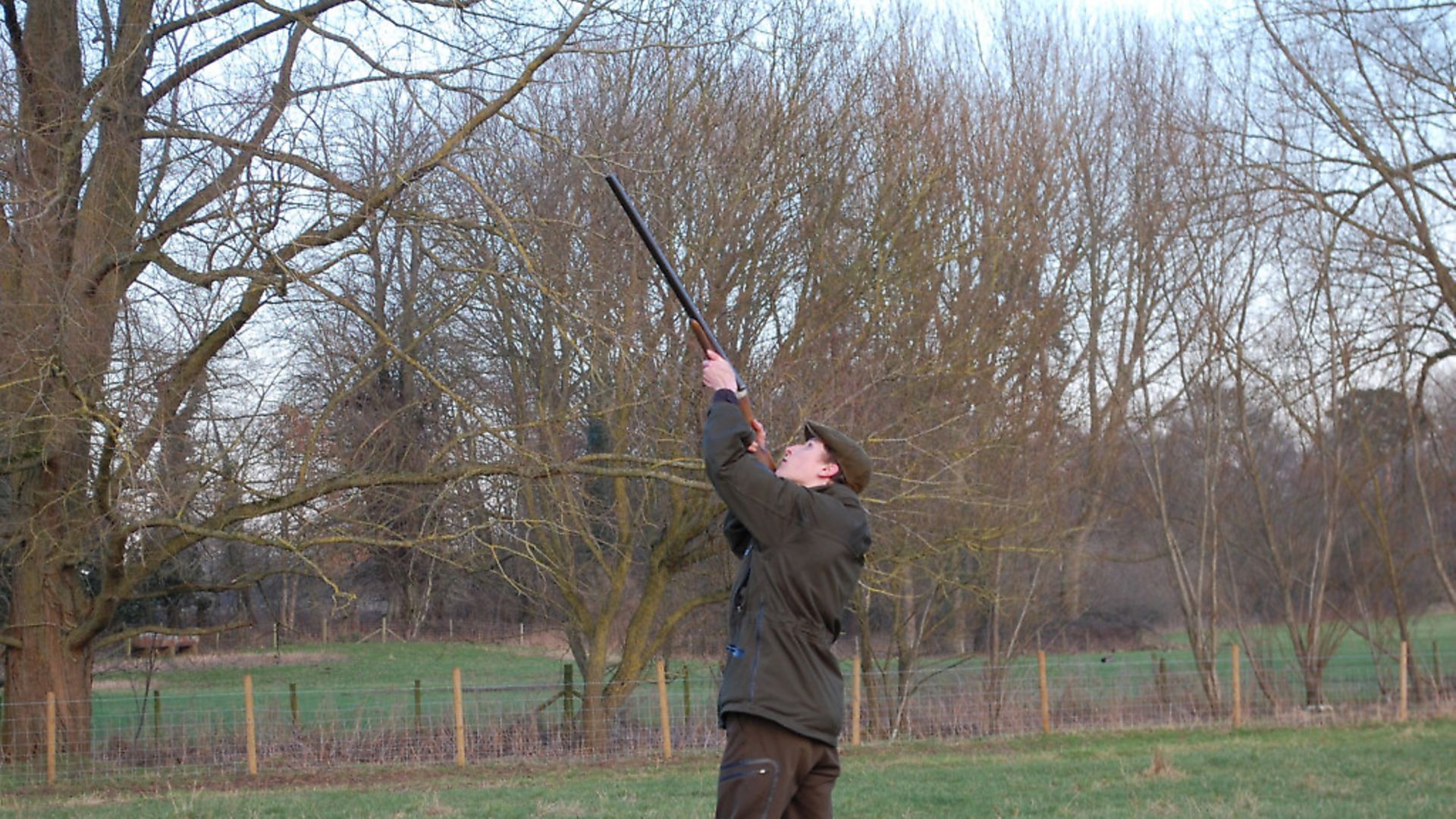 credit: Archant
credit: Archant
It’s an issue that hadn’t crossed my mind, but one that must be carefully considered if the shoot is to run successfully. Luckily, Neil knows his stuff, and the new strains held well this season resulting in many happy customers.
“We’ve sold all the days for next season already,” says Neil. “Some people wanted to come back again, which is great, but we actually try to avoid this.”
Ian elaborates: “One of the biggest challenges is that we don’t really want the same teams to come back. We want different teams in front of the students all the time so that they don’t get familiar, because dealing with new people is part of the pressure when you are a gamekeeper. So we encourage those that want to return to wait a year and try to keep the Guns changing round every two or three years, because what we don’t want is for the students to feel a bit too relaxed about it all!”
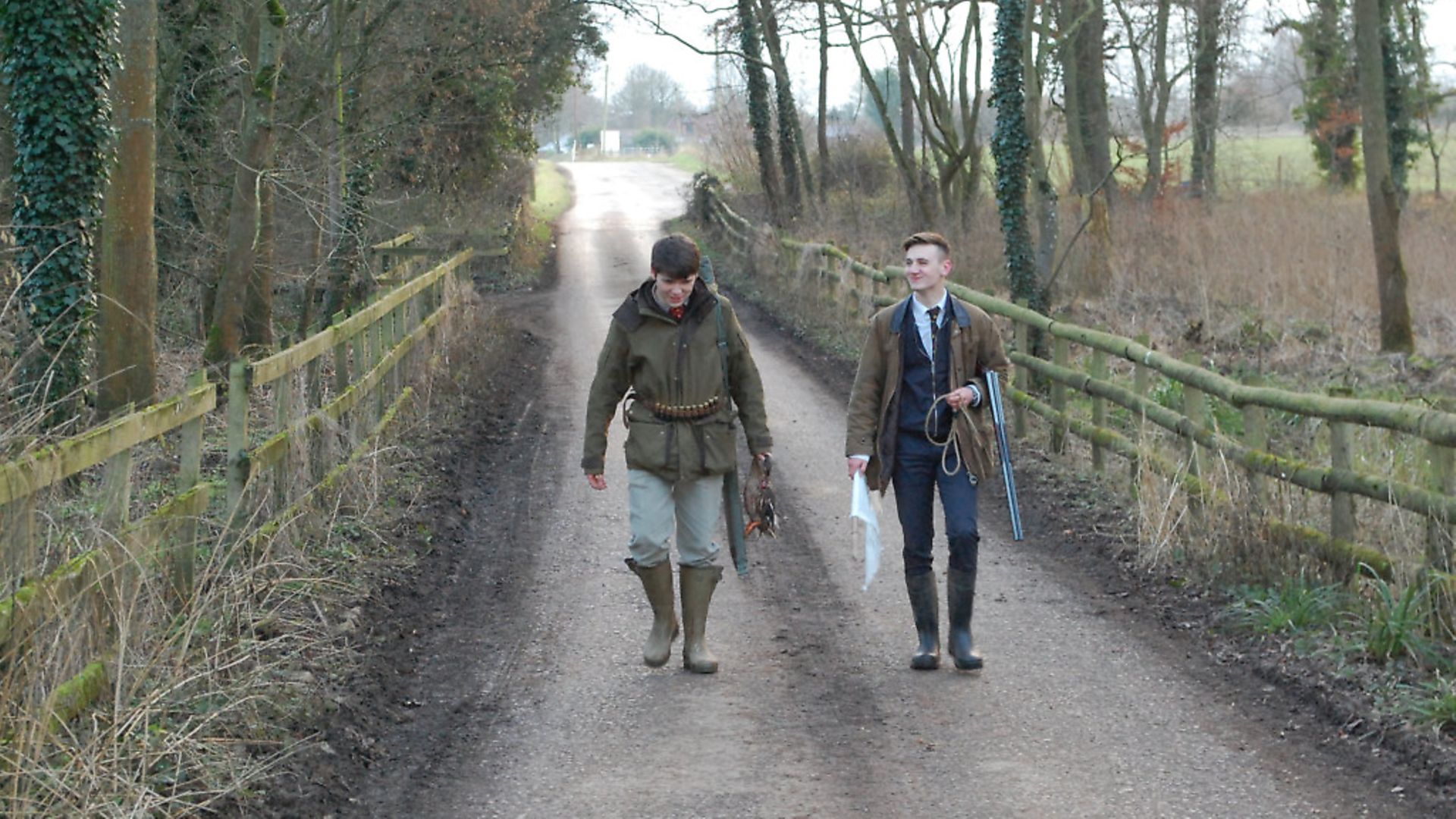 credit: Archant
credit: Archant
From chatting to the students it sounds like Neil and Ian have struck the perfect balance between challenging them and building their confidence. For the students, the most challenging aspect of the course has been hosting the shoot days. From making sure all the birds are where they should be and keeping the Guns smiling, to checking the pegs haven’t been trampled by sheep and generally trying not to “screw up”, there is a lot of hard work and plenty to consider. But as one individual tells me, to the collective agreement of the others, “At the end of the day, when you get the bag and the Guns are going away happy and they praise you for all the hard work you’ve done, it makes it all worthwhile.”
Many of the students are from rural backgrounds and have shooting in their blood, but there are several who grew up in towns.
 credit: Archant
credit: Archant
One such student explains how he ended up choosing this educational path: “I grew up in a town but was always going out to the nearest country park to just sit with my dad and listen and watch. I started off in Animal Care at the college, ended up switching to this course, and I just really enjoy it. It’s what I want to do; it’s more exciting than being stuck indoors feeling like I’m getting cabin fever, and it’s just all-round great fun.”
They’re a varied bunch, but they all share a love of the outdoors and they all agree on one thing: the course has been better than they expected.
One student says: “I expected to be sat in the classroom a lot more but it’s been really hands-on. I’ve learned a lot because I’ve been able to get out and actually do it. It’s a working estate as well so you have to get out there and do what needs doing. I take my hat off to Neil – he really does simplify it down so we understand everything, and he’s very practical. The course covers everything: use of firearms, working dogs, stalking deer, shoot management, estate skills, river management, farmland birds, woodland habitat, predator control, gamebird production, woodland management and hedge laying… the course is closely linked to conservation.”
 credit: Archant
credit: Archant
For the last drive we return to the duck pond, and this time the beaters are rewarded with a decent flight and a few in the bag. It is a tired but elated gaggle of budding gamekeepers that arrives back outside the classroom in the fading light. They get to work, collecting dogs, tidying away guns and equipment, and respectfully laying out the final bag of 29 pheasants, two red-legged partridge, eight ducks, two pigeons, and a single unlucky jackdaw.
 credit: Archant
credit: Archant
Surveying his proteges, Neil is clearly proud of the progress they’ve made: “I first met these students in April… they’re totally different now. You see such a huge amount of growth, they really have matured to the point where you think ‘Yeah, go and get on with it, I can just leave them to it.’”
“Which is exactly what an employer needs to be able to think,” adds Ian. “It’s no good holding their hands and then handing them over to an employer who is just going to sack them because they can’t get on with the job. The students here are capable of doing the job right from day one. It’s a really hard industry to go into and they can’t let people down. It’s confidence… even if they don’t go into gamekeeping they can take the communication and the teamwork skills forward into whatever walk of life they do choose. It’s not just learning about shooting – they learn a lot, full stop. Being left with a group of Guns and having to make chit-chat is a real skill. When they first come they’re looking at their feet and mumbling and stumbling, and then they progress and become much more confident; it’s priceless. You can’t teach that, you have to just put them in that situation.”
And at the end of the day, that’s the purpose of education – to prepare youngsters to go out and succeed in the real world. I’ve no doubt that these particular youngsters will go on to do just that.
THE COURSE
The Game and Wildlife Management course at Wiltshire College, Lackham Campus, covers all aspects of game keeping and estate management including gamebird rearing, predator control and cover crop planting, as well as use of firearms, river management, hedge laying and shoot management. It is hands on and practical and these students spend the majority of their tim e outdoors. Gamekeeping students are actively involved in the mangament of the shoot and are expected to support the shoot, beat and shoot dsuring their time on the course.
The entry requirements for the Level 3 course which runs over two years is four GCSEs at grade C or above; for the Level 2 course which runs over one year the entry requirements are two GCSEs at grade D or above.
To contact the college regarding enrolment, or to find out about the other courses on offer at Wiltshire College, call 01225 350035, email info@wiltshire.ac.uk or visit the website www.wiltshire.ac.uk